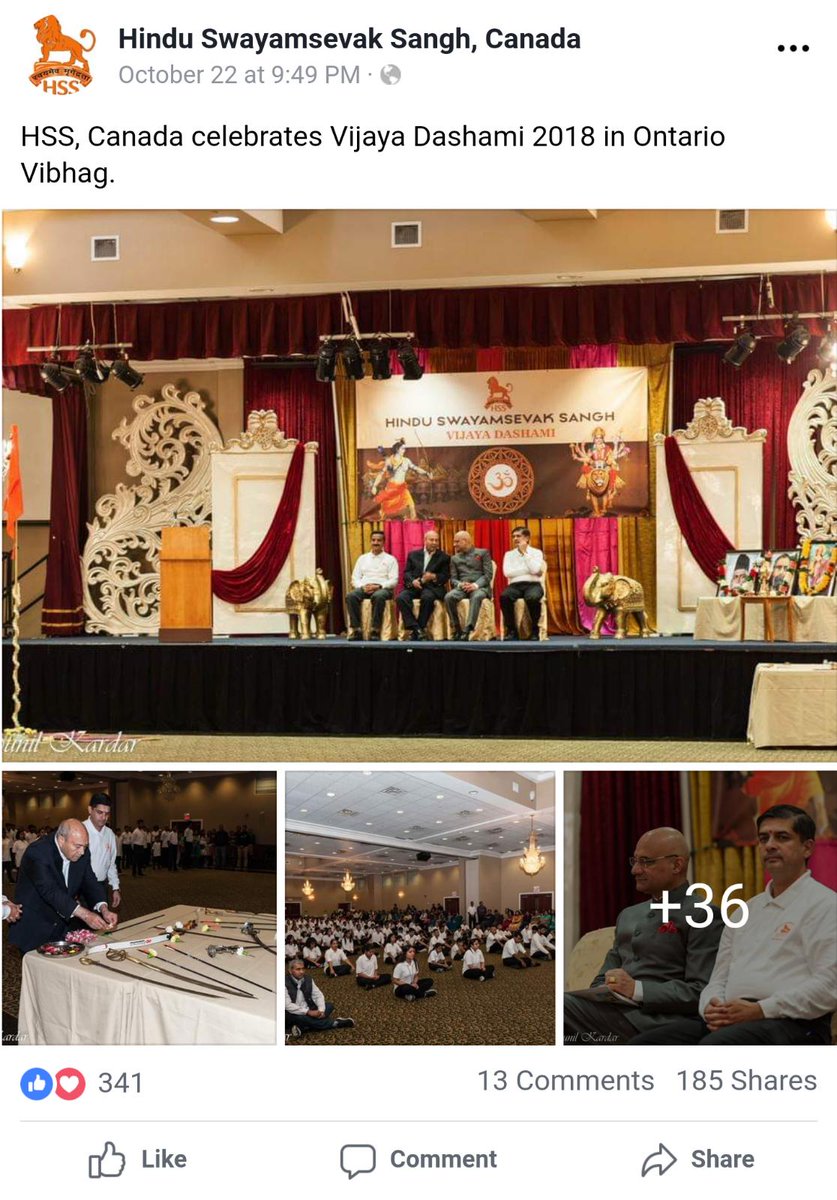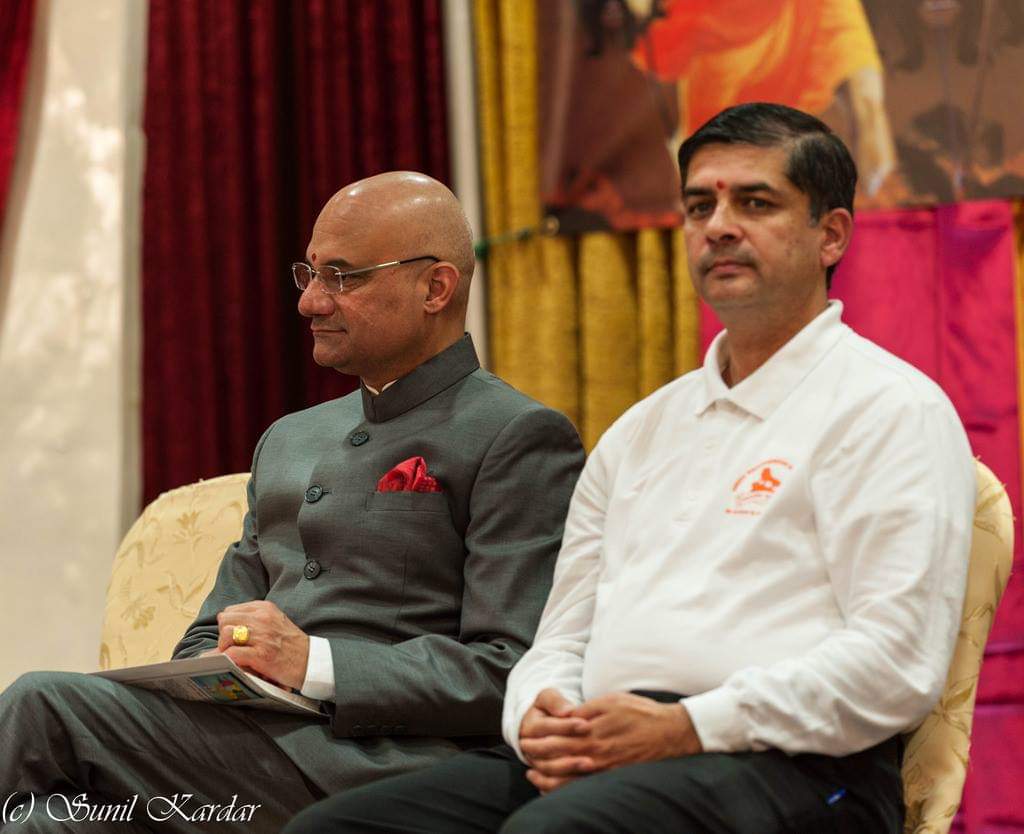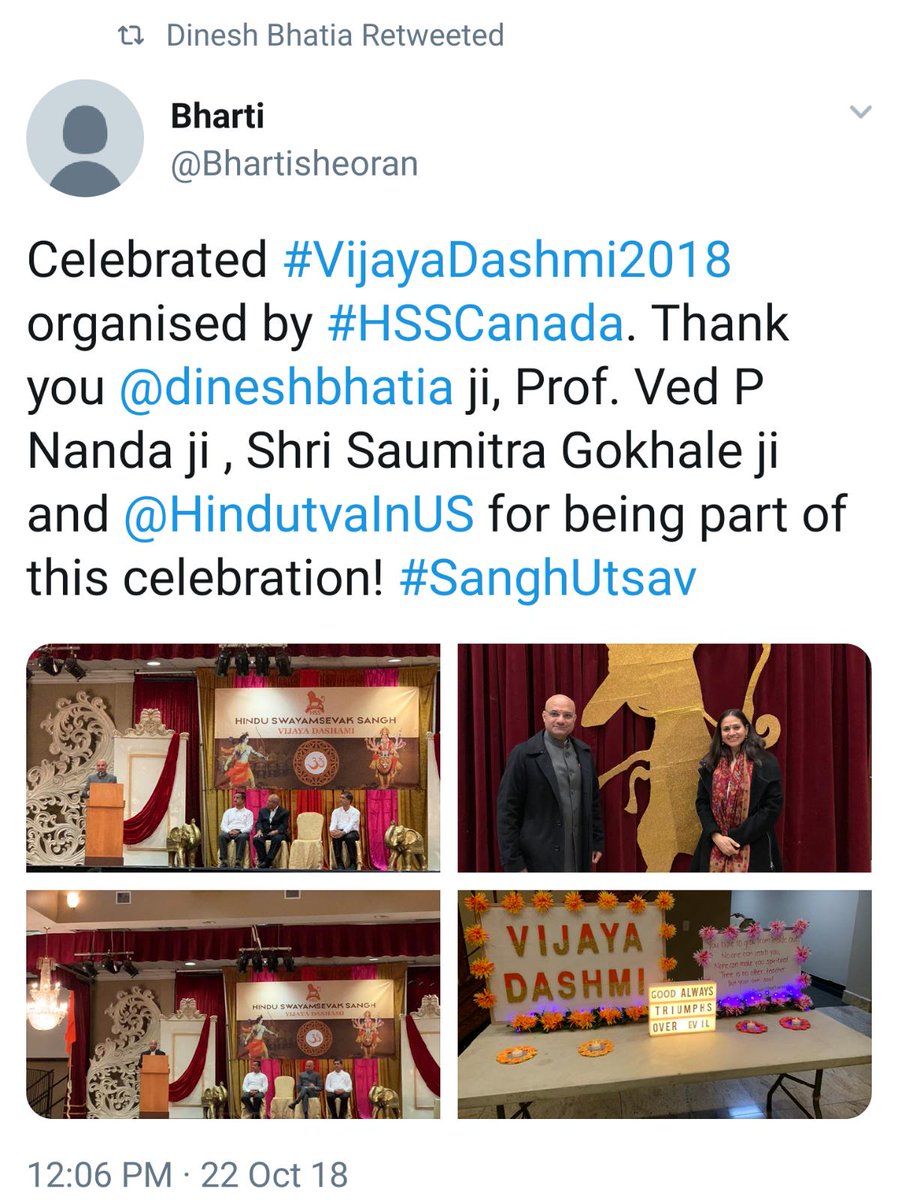But it also should prompt us to study how this came about.
A liberal reaction : that was critical (perhaps overly so) of Indian tradition and religious practice - and looked to the West, as a source of inspiration to remake Indian society and religion
By the time we reach 1947, it was the RSS and not HMS which was the rising star of the Hindu Right.
1952 - 3.06%
1957 - 5.93%
1962 - 6.44%
1967 - 9.41%
1971 - 7.35%
1984: 7.7%
1989: 11.4%
1991: 20.1%
1996: 20.3%





